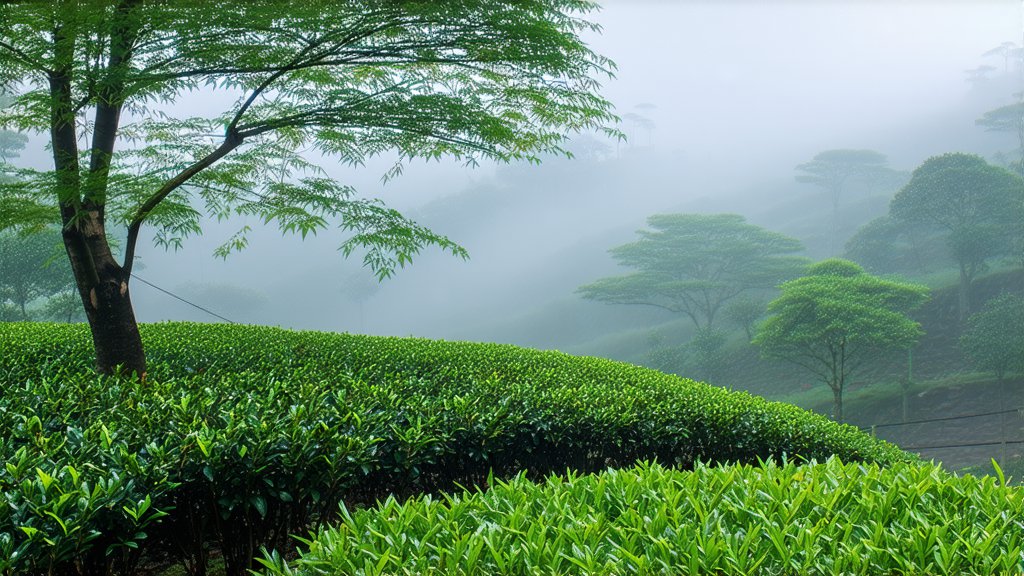
Longjing tea, also known as Dragon Well tea, is one of China's most famous and revered green teas. With its origin tracing back to the Tang Dynasty (618-907 AD), it has been cherished for over a thousand years. This article delves into the rich history, diverse varieties, intricate manufacturing process, and the art of appreciating Longjing tea.
Historical Significance
Longjing tea is deeply intertwined with Chinese culture and history. Its name, "Dragon Well," is derived from a well located in the village of Longjing in Hangzhou, Zhejiang province. According to legend, the well was believed to be the dwelling place of dragons, symbolizing purity and divine quality. The tea gained prominence during the Qing Dynasty when Emperor Kangxi tasted it and declared it the finest tea in the empire. Since then, Longjing has been synonymous with excellence in Chinese tea culture.
Varieties of Longjing
There are several grades of Longjing tea, each with distinct characteristics:
- Xin Ya Xuan (Premium Grade): The highest quality, featuring flat, spear-shaped leaves with a bright green color and a delicate aroma.
- Yao Yi Xuan (Top Quality): Slightly less refined than Xin Ya Xuan but still boasts excellent flavor and appearance.
- Yi Xuan (Good Quality): Offers a balanced taste and aroma, suitable for everyday enjoyment.
- Geng San Xuan (Standard Quality): More affordable, providing a decent introduction to Longjing tea for beginners.
Manufacturing Process
The production of Longjing tea is a meticulous process that requires precision and skill. Here’s an overview of the key steps:
- Handpicking: Only the top, tender shoots and leaves are selected, ensuring high quality.
- Withering: Freshly picked leaves are spread out to wilt, reducing moisture content.
- Fixation: Leaves are briefly fried in a wok to halt oxidation, preserving their green color and freshness.
- Shaping: The leaves are hand-rolled and shaped into their distinctive flat form, resembling the blades of a spear.
- Drying: The shaped leaves are further dried to achieve the perfect moisture level for storage.
- Sorting and Packaging: Finally, the tea is sorted by grade and packaged for distribution.
Appreciating Longjing Tea
To truly appreciate Longjing tea, one must engage all the senses. Here’s how you can enjoy this exquisite tea:
- Visual Appeal: Observe the dry leaves, noticing their flat, spear-like shape and vibrant green color. When brewed, watch the leaves unfurl gracefully in the water, revealing their full beauty.
- Aroma: Inhale the subtle, fresh scent of Longjing tea. It often carries notes of jasmine or chestnut, depending on the specific variety.
- Flavor: Take a sip and let the smooth, slightly sweet flavor coat your palate. The aftertaste should be clean and refreshing.
- Texture: Feel the silky texture of the tea as it slides down your throat.
- Color: Notice the light yellow-green hue of the brewed tea, indicating proper processing and high quality.
Conclusion
Longjing tea is more than just a beverage; it is a testament to centuries of tradition and craftsmanship. From its storied past to its meticulous production process, every aspect of Longjing tea reflects the artistry and dedication inherent in Chinese tea culture. Whether you are a seasoned connoisseur or a curious newcomer, exploring Longjing tea offers a delightful journey into the heart of China's tea heritage.